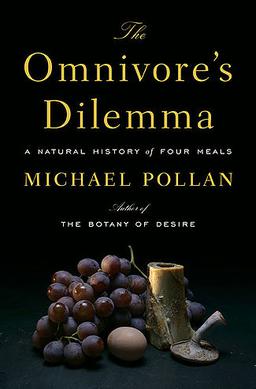As you may recall last year I tried to tweak the three-sister's guild of plants into something that I would actually enjoy eating. It was a little less than successful, but I think the concept is still sound. I did learn a few important things about gardening though. One lesson was, "don't dig the soil when it's wet, or else it will turn into cement and all your plants will die". Another important lesson I learned was "don't buy cheap starts late into the season, they will suck and half of them will die."*
I want to be good at gardening, hopefully a couple rather obvious insights a year will help me to be passable by the time I'm a grandmother.
Josh and I weren't exactly sure if we'd still be in provo over the summer, so I didn't sign up for the community garden this year. I also don't really plan on having a lot of time on my hands this summer **. At first I didn't plan on having a garden at all, but a couple days ago I realized that having plants is important to me.
So here I am, a little too late to start seeds, no money budgeted for this project and a hair-brained scheme which may or may not fail based on my lack of experience alone. My poor husband is left trying to balance encouraging me and cautioning me not set myself up for failure.
To be fair, he puts me in the same position at least as often.
Before I fill you in on my experiment let me give you some background information.
Straw bale gardening is a method where you fertilize a bale of straw, allow it to decompose for a few weeks, and then plant directly into it. This way the bale serves as both planting medium and container. The straw decomposes over the season and all your plants benefit from the releasing nutrients. It's suppose to be equally effective on the earth or on the concrete of somebody's balcony.
This method is appealing because of it's apparent ease, however, it does have some drawbacks. First, to fertilize a straw bale organically (with bone and blood meal) would be prohibitively expensive. Second, as the season wears on a decomposing straw bale becomes butt ugly. This second thing is only a problem because I care too much about appearances. If I were to try this method out this season, I would just stick the bales in a container.
Sheet mulching is a a way of preparing a garden bed with very little effort. You essentially pile on the components of a compost pile in layers and then let worms, micro-organisms and fungi do the rest. You can plant immediately, but the bed is most fertile the second year onwards.
Both of these methods deal with planting in undigested compost, so I'm going to take that theme and run with it. At first I thought I would just do the straw bale method, except that I would stick it in a container. Then it occurred to me that I wouldn't need to keep the bale intact, and so I could use other sources of nutrients besides the blood and bone meal.
I plan on layering alternating layers of nitrogen and carbon rich materials in a container and then planting directly into it. So, basically sheet mulching in a container. I plan on using straw as my main carbon rich material because, according to the book on the straw bale method, it's suppose to remain light and fluffy throughout the season.
I'm most worried about my plants becoming water-logged by all of the organic matter. Just because either parent method doesn't have a problem with root rot doesn't mean it wont be a problem in a container.***
In the interest of pretending that this is a scientific endeavor here is a hypothesis for the season: Sheet mulching in a container is an effective and affordable means of gardening. In fact, it's awesome. All of my plants survive and I suddenly become a gardening goddess.
On my balcony I'm going to try and grow: strawberries, cantaloupe, sugar snap peas, scarlet runner beans, and a couple different flowers. I started seeds today.
I really want to make
this container for both the strawberries and the cantaloupe. Unfortunately that's dependent upon me finding free wooden pallets. I would try and construct them from regular ol' lumber, but I'm trying to do this on the cheap.
I have less-ideal plastic crates that I can reuse anyways.
In other news, I have a couple friends who offered to let me come play in their garden this summer. So it looks like I'll get some "normal" gardening experience this year as well. I'm really excited, and I hope it all works out.
It's good to have a scheme again.
*These two might actually be confounding variables
**I had a baby, I may tell you about it later
*** containers suck that way.















